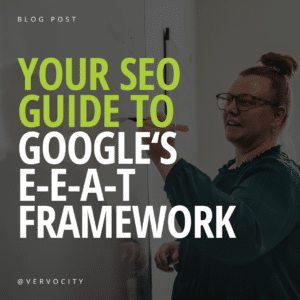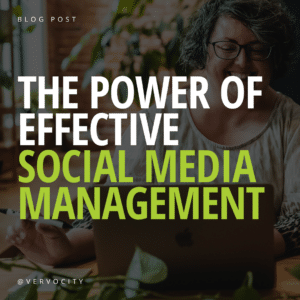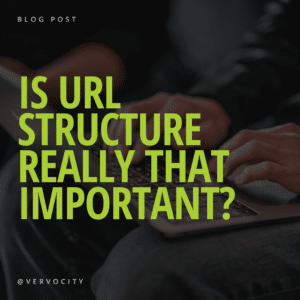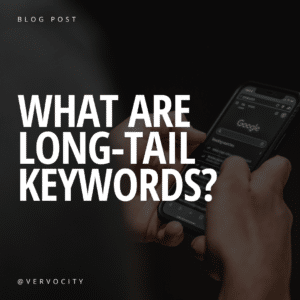Your website content should bring your brand to life. With the right words, you can tell your story and relate to customers with information they understand. However, finding those words and writing content that keeps your audience engaged isn’t exactly easy.
Persuasive web copy takes time, dedication, and organization. Whether you’re refreshing an old site or starting from scratch, you’ll need to strategize your content outline before throwing random thoughts together on a page. You only have about 15 seconds to capture your audience’s attention, and you don’t want to leave them questioning what they just read.
Work to establish a goal for your website, and then use that goal to guide you with your content strategy. Creating website content may seem overwhelming, but with the right strategy, you’ll be on your way to creating compelling content in no time.
10 EASY STEPS TO CREATING WEBSITE CONTENT
-
What’s the main purpose of your business?
The website should identify the unique value for your primary products or services. Customers should be able to identify right away what you can offer them. You don’t want them leaving your site with more questions than answers, so be direct in what your business has to offer. Showcase the purpose of your business on the home page of your website and avoid vague or misleading language throughout the rest of the site. Show them what makes you unique and stand out against your competitors.
-
What content do you already have?
Take an audit of content you already have and where new content needs to be written. Has your existing website content been updated or refreshed in the past two years? If not, it may be time to freshen up old content while creating new.
-
What are the benefits to the targeted customer?
Think about what potential clients need to know about your products or services and why they need them. Listen to customer feedback and create content that persuades them that your product or service is worth it. It can be tempting to create content that is written with words you want to say, but you also need to take into account information your audience wants to hear. Explain the benefits in a way that is informational and motivates the customer to take action.
-
Answer frequently asked questions.
Potential clients should find the answers to questions about your business, products or services. Creating a page for frequently asked questions is a great way to answer anything you’ve found that new customers regularly ask about. Services pages are another opportunity to answer questions about what your business has to offer. Craft your content to appease the curiosity of your potential customers.
-
Include essential information.
Typical websites include pages about the business, pages for each product/service, and the main contact information. At the minimum, a website should have five pages. However, five pages of content usually doesn’t have enough of an impact to successfully rank in search engine results. For a small to medium business, we would suggest creating at least between 10 – 20 pages populated with quality content.
-
Educate website visitors with detailed copy.
A minimum of 300 words per page is a good rule of thumb for SEO for the quantity of the content, however, the content needs to focus on quality as well to inform the reader and keep them reading. As stated before, you only have about 15 seconds to capture your audience’s attention before they move on to the next page or decide to leave your website completely. Make sure you’re offering quality content that your viewers want to read.
-
Make it easy to read.
Be sure to speak the same language as your potential client. Don’t use jargon. For SEO purposes, the best practice is to write at a 6th to 8th grade level. Don’t worry your customers won’t feel talked down to. They will appreciate you writing clearly so that they will understand your message. Readable content is simple. Shorten your sentences and simplify big words.
-
Add Visuals.
Simple graphics like tables, charts can be engaging and help people understand what’s being said. Photos, icons and graphics help break up the content and make larger chunks of content easier to digest. Videos can also enhance your content.
-
Add Headlines.
Break up content with headlines and subheadings to help the flow of your content. Content is easier to read when you allow your readers to take breaks between information. If everything you type is stacked together, the reader will find it hard to distinguish when a thought ends and new one begins.
-
Don’t forget to include your main call to action.
What do you want your potential customers to do when they visit your site? Make sure buttons like ‘add to cart’ or ‘contact us’ are easily accessible and noticeable to the viewers. Direct traffic to your desired destination to get the best results.
In this digital world, creating quality website content will improve your search engine rank, increase traffic, and generate results. A well-developed strategy allows more users to find your website and learn about your brand. You can read about the importance of ranking higher with SEO and content marketing in Why SEO is Actually All About Content Marketing.
Need help creating content for your website? Reach out to us and we’d be happy to talk about a strategy with you!










